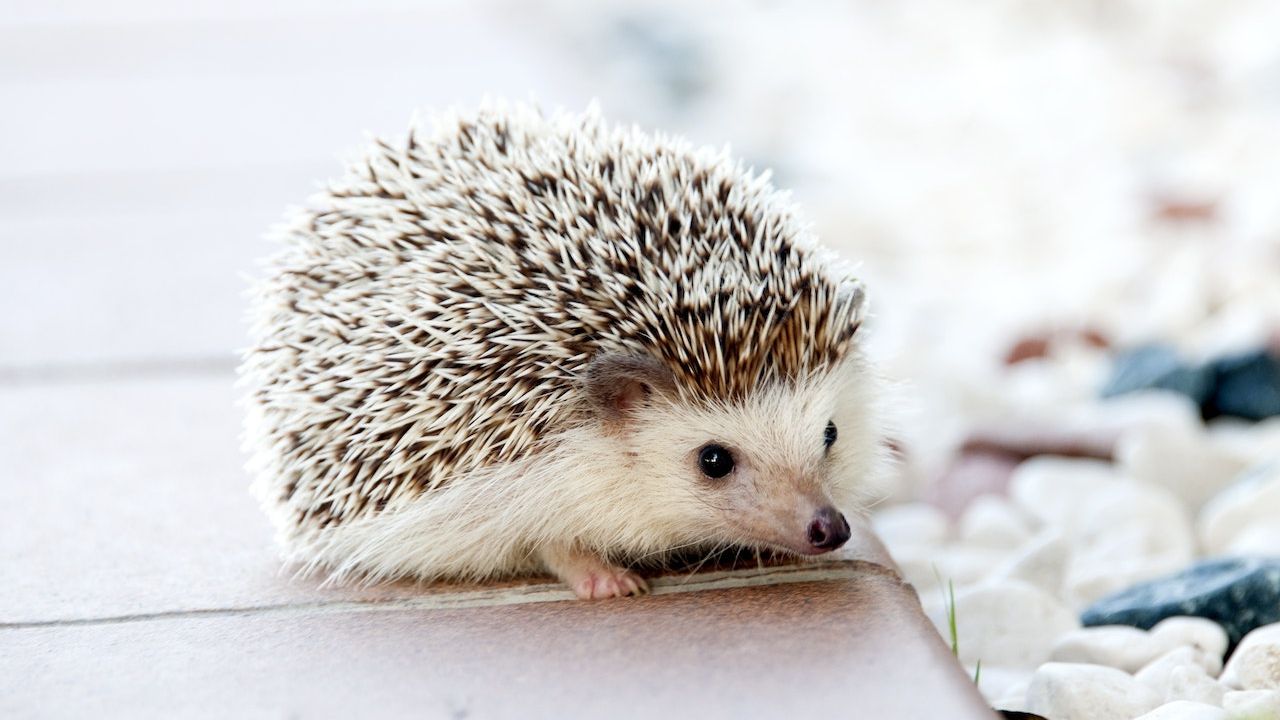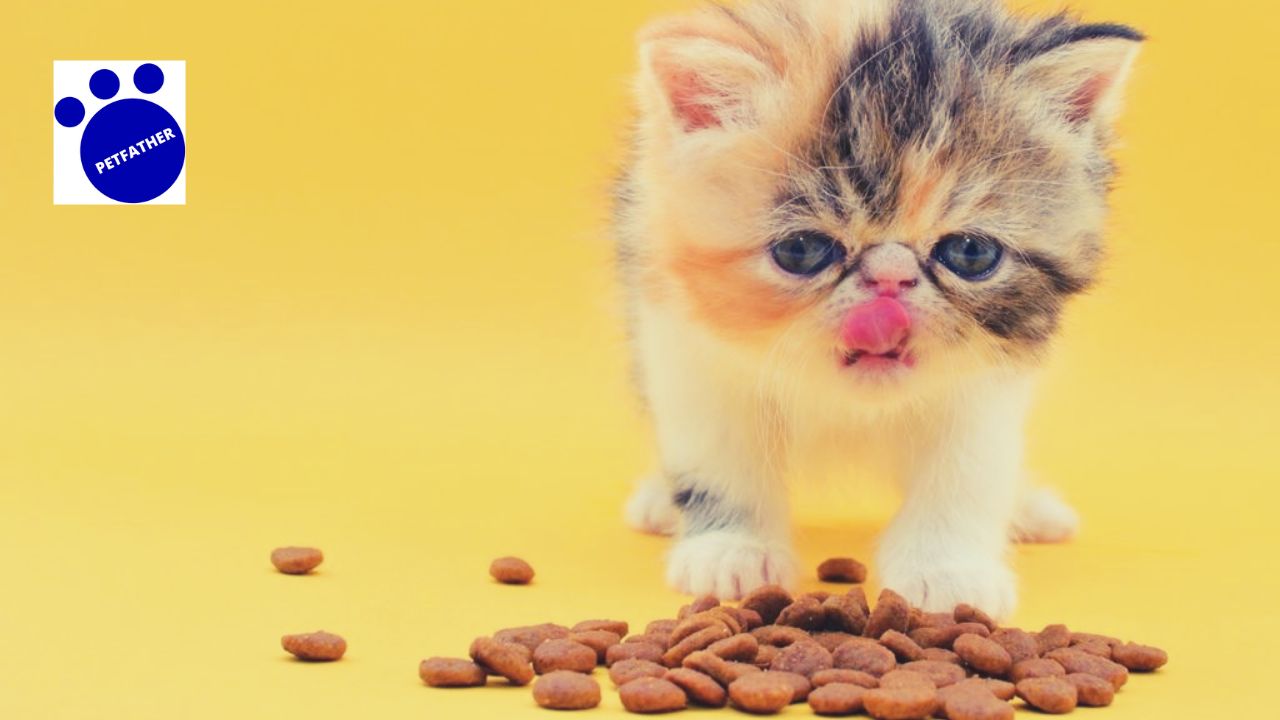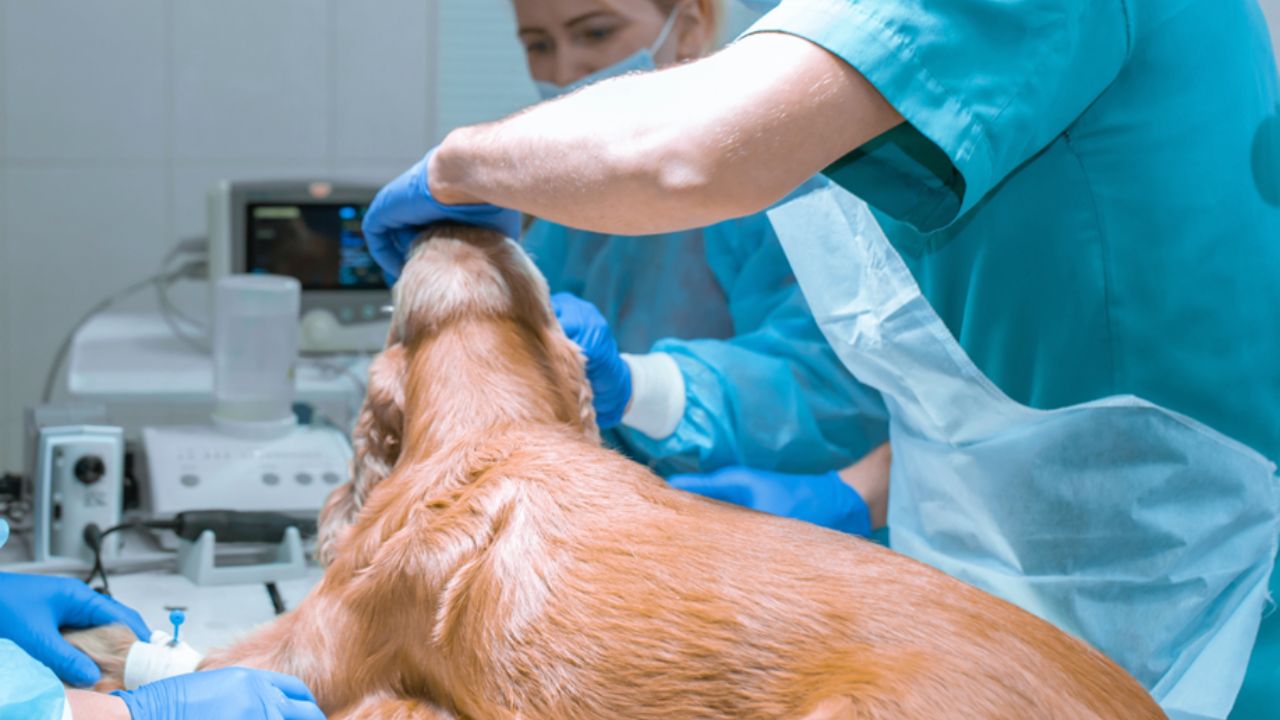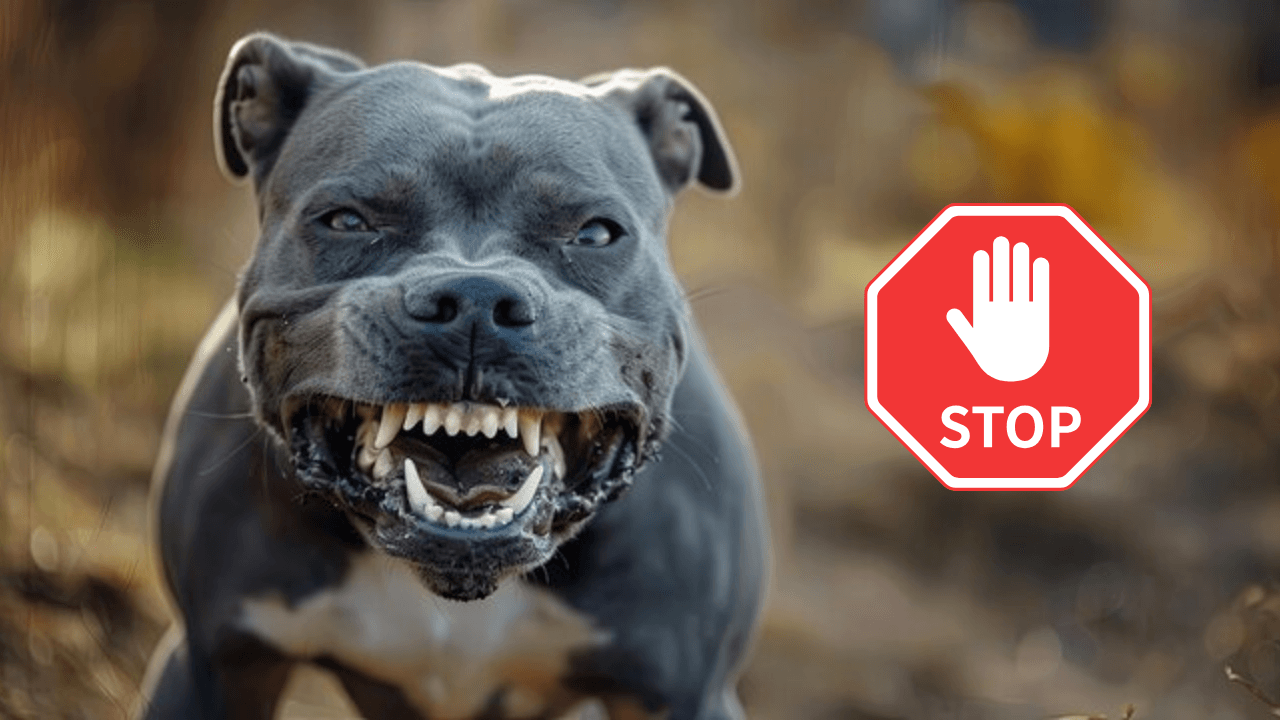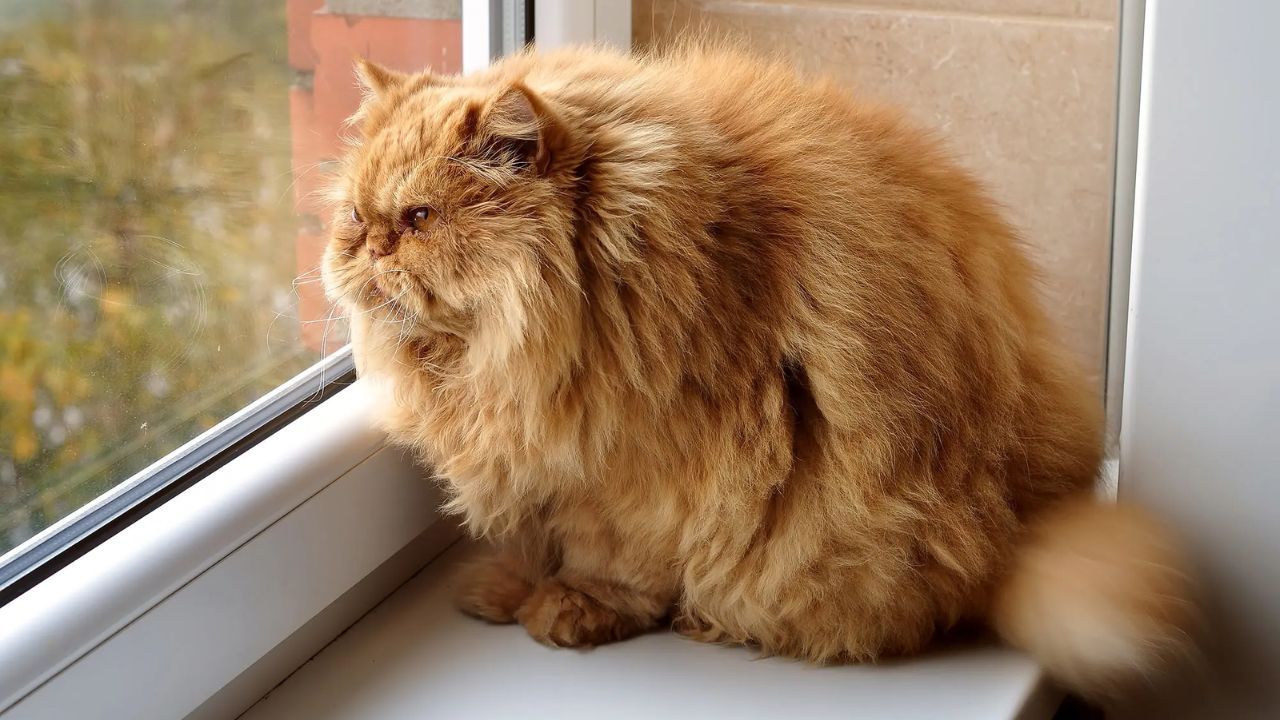
Table of Contents
The Body Mass Index (BMI) of pets is a helpful tool for determining whether your pet is underweight, at a healthy weight, or overweight. However, unlike humans, pet BMI should be interpreted alongside other factors like breed, age, and activity levels. Here’s a guide on safe BMI ranges for different pets and how to address issues with high or low BMI.
Note: Height should be measured to shoulder.
Pet BMI Calculator
Safe BMI Ranges for Pets
1. Dogs
- Underweight: BMI < 15
- Healthy Range: BMI 15-30
- Overweight/Obese: BMI > 30
Different breeds may have slightly different healthy ranges, so it’s best to consult a vet to confirm.
2. Cats
- Underweight: BMI < 12
- Healthy Range: BMI 12-25
- Overweight/Obese: BMI > 25
Cats are prone to weight issues, especially as they age, so managing their weight is crucial for long-term health.
3. Rabbits
- Underweight: BMI < 10
- Healthy Range: BMI 10-20
- Overweight/Obese: BMI > 20
Rabbits need constant access to fresh hay and greens to maintain a healthy weight.
1. Low BMI (Underweight Pets)
If your pet has a low BMI, it may indicate malnourishment, underlying health problems, or excessive activity. Here’s how to address this:
Treatment:
- Consult a Veterinarian: Rule out any medical conditions such as parasites, dental issues, or digestive problems that may be causing weight loss.
- Increase Caloric Intake:
- For dogs: Offer higher-calorie food or increase portion sizes. Consider foods with higher fat content.
- For cats: Feed a high-protein diet or offer more meals per day with additional treats.
- For rabbits: Provide high-quality pellets and unlimited hay. Ensure they have access to leafy greens, and consider calorie-rich vegetables like carrots in moderation.
- Check Feeding Schedule: Increase feeding frequency, especially for young or active pets.
- Enhance Diet with Nutrients: Add supplements like omega-3 fatty acids, which can help with healthy weight gain.
2. High BMI (Overweight Pets)
Overweight pets are at risk for various health issues, such as diabetes, joint problems, and heart disease. Here’s how to manage and reduce a high BMI:
Treatment
- Consult a Veterinarian: Obesity may be linked to hormonal imbalances (e.g., hypothyroidism in dogs) or other health concerns. A vet can offer a safe weight-loss plan.
- Switch to a Low-Calorie Diet:
- For dogs: Use low-fat, high-fiber foods to ensure your pet feels full without consuming too many calories. Avoid table scraps and high-calorie treats.
- For cats: Offer portion-controlled meals of wet food, which tends to have fewer calories than dry food. Avoid free-feeding (leaving food out all day).
- For rabbits: Reduce the amount of high-calorie pellets and increase hay and leafy greens while avoiding sugary vegetables like carrots and fruits.
- Increase Physical Activity:
- Dogs: Walks, fetch games, or agility exercises can help burn off extra calories. Aim for 30 minutes to 2 hours of exercise daily, depending on the breed. Make homemade foods for dogs.
- Cats: Encourage play with toys, lasers, or climbing structures to promote movement.
- Rabbits: Provide a large space for them to run and explore, and encourage hopping and jumping with toys.
- Limit Treats: Avoid calorie-dense treats and focus on healthier alternatives like vegetables (for rabbits and dogs) or specially formulated low-calorie treats.
Monitoring Progress and Adjustments
- Frequent Weight Checks: Weigh your pet regularly (weekly or biweekly) to ensure they are moving toward their target weight.
- Track Diet Adjustments: Keep a log of what and how much your pet eats daily. Adjust portion sizes based on weight trends.
- Body Condition Scoring (BCS): Use visual and hands-on methods to assess your pet’s weight in addition to BMI. For example, you should be able to feel your pet’s ribs without too much fat, but they shouldn’t be visible.
When to Seek Professional Help
- Underweight pets who don’t gain weight after increasing food or who display lethargy, vomiting, or diarrhea should be seen by a vet immediately.
- Overweight pets who fail to lose weight despite dietary and exercise changes may have underlying medical issues, such as metabolic disorders.
- Geriatric Pets: Older pets may have different caloric needs and should be evaluated by a vet for a senior diet plan.
A veterinarian should always be consulted for a tailored treatment plan, as breed, age, and health conditions significantly influence what’s considered a healthy BMI and how to manage it.
I am a pet expert dealing with Cats, Dogs, Birds, Rabbits and Aquarium fish for the last 10 years. Now it is time to share my knowledge with you. I am very passionate about sharing everything that I learned so far about pet care. Watch my Youtube channel Petfather

